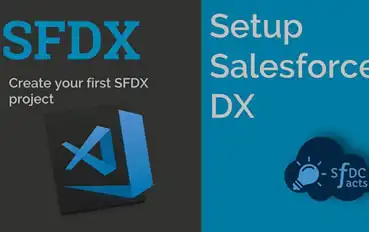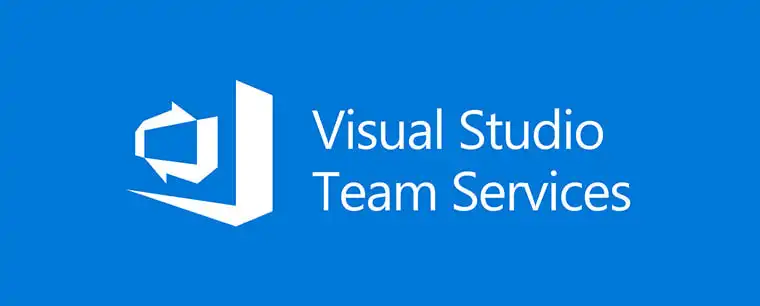Here are 8 best practices for integrating automated code review tools into your Salesforce DevOps pipeline:

RELATED BLOG POSTS
Setting Up and Using CodeScan Effectively
Running CodeScan on your Salesforce Org is a great first step towards quality code, but maintaining that quality is a Read more
Estimating ROI with CodeScan
Every Software Development Professional knows the following fact: the later bugs are found, the more expensive they are to fix. Read more
SFDX Tutorial | Setting Up CodeScan
Salesforce DX is a new focus on source-driven, collaborative development. The Salesforce CLI (Command Line Interface) easily integrates into your Read more
CodeScan and Visual Studio Team Services
Visual Studio Continuous IntegrationVisual Studio Team Services (VSTS) is a quick and powerful tool to set up continuous integration and Read more
 Proper setup of the processes surrounding
Proper setup of the processes surrounding 
 A premier automated code review tool will offer benefits beyond strong code.
A premier automated code review tool will offer benefits beyond strong code. 
 As we said earlier, Salesforce DevOps is always evolving—and so is your business. Your needs and goals will grow over time and your usage of an automated code review tool should reflect this evolution.
As we said earlier, Salesforce DevOps is always evolving—and so is your business. Your needs and goals will grow over time and your usage of an automated code review tool should reflect this evolution.


